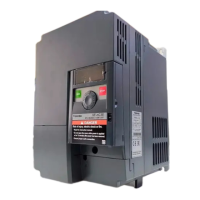
Do you have a question about the Toshiba TOSVERT VF-nC3E and is the answer not in the manual?
| Series | VF-nC3E |
|---|---|
| Input Frequency | 50/60 Hz |
| Control Method | V/f Control, Sensorless Vector Control |
| Overload Capacity | 150% for 60 seconds |
| Cooling Method | Forced air cooling |
| Humidity | 95% RH or less (non-condensing) |
| Enclosure Rating | IP20 |
| Input Voltage | 200-240V AC |
| Output Voltage | 3-phase, 200-240V |
| Output Frequency | 0-400Hz |
| Power Range | 0.4 to 15 kW (200V class), 0.75 to 15 kW (400V class) |
| Power Rating | Varies by model |
| Protection Features | Overcurrent, Overvoltage, Undervoltage, Overheating, Short Circuit |
| Communication Options | RS-485 (standard) |
| Communication Interface | Modbus RTU |
| Ambient Operating Temperature | -10°C to 50°C |
| Storage Temperature | -20°C to 65°C |
| Altitude | 1000 m (3300 ft) above sea level max. |
Explains warning/caution markings and general safety symbols used in the manual.
Defines the intended industrial use and limitations of the inverter product.
Covers warnings for general operation and wiring procedures.
Verifies that the purchased product matches the order.
Explains the meaning of the nameplate labels on the inverter.
Details the outside view of the inverter, including labels and components.
Lists crucial warnings and mandatory actions for safe and correct wiring.
Shows standard wiring diagrams for main circuits (sink and source logic).
Introduces basic operation procedures using panel keypad or external signals.
Describes how to program and select up to 15 preset speed steps using logic signals.
Explains the different display modes (standard monitor, setting monitor) and parameter read modes.
Guides users on setting parameters using the dial and keys in Easy and Standard modes.
Allows searching for the last 5 changed parameters and their values.
Guides parameter setup based on specific applications or functions.
Allows selection of V/F control modes like constant torque, vector control, etc.
Covers parameters related to input and output signals, including low-speed signals.
Details various protection mechanisms like electronic thermal, stall prevention, and trip retention.
Configures emergency stop methods via panel or external signals.
Details how to use I/O signals from the terminal block for inverter operations.
Covers setting frequency using analog signals (voltage or current) from external devices.
Illustrates the navigation flow between different status monitor modes.
Explains how to display detailed information about past trips and their causes.
Provides guidelines for selecting appropriate cables and wiring devices.
Details how to install magnetic contactors in primary and secondary circuits for safety.
Details essential parameters for inverter operation, including navigation and mode selections.
Details parameters for stall prevention, trip retention, emergency stop, and phase failure detection.
Details parameters for RS485 communication, including baud rate, parity, and timeouts.
Provides a table of standard technical specifications for different inverter models.
Lists common trip causes, possible reasons, and remedies for troubleshooting.
Explains procedures for resetting the inverter after a trip occurs.
Provides a troubleshooting guide for motor issues without trip messages.
Outlines daily and regular inspection items and procedures to maintain optimal performance.
Details periodic inspection steps, warnings, and prohibited actions to prevent hazards.
Specifies warranty duration, coverage, exemptions, and post-production service.
Warns about proper disposal procedures, emphasizing professional handling.
Explains how to ensure inverter installation complies with EMC and low-voltage directives.
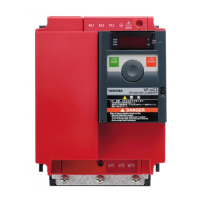
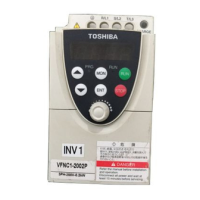

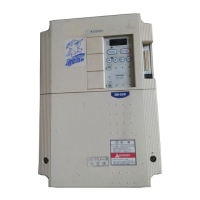
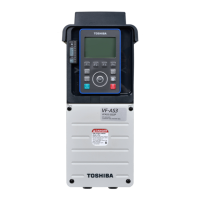
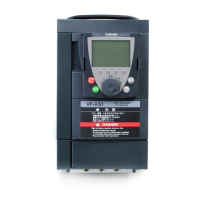
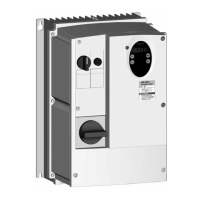
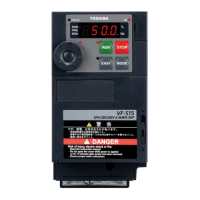

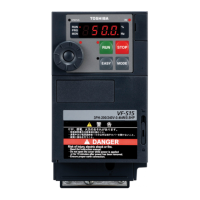


